Zamknij arrow_back
- Nowości
-
Mapy i publikacje
add remove Mapy papierowe add removePublikacje papierowe add remove
-
Nawigacja
add remove Zegary add removeBarometry add removeTermometry , Higrometry, Barografy add removeAreometry (Densymetry) add remove
-
Sygnalizacja
add remove Lampy Nawigacyjne, Szperacze add removeŻarówki add removeLatarki add removeZnaki dzienne add remove
-
Środki ratunkowe
add remove Kamizelki add removeTratwy add removeKombinezony ratunkowe add removePirotechnika morska add removeKoła, Pławki, Tyczki add removeUprzęże, Linki, Taśmy Bezpieczeństwa add removeReflektory radarowe add removeBosaki, Wiosła add remove
-
Elektronika morska
add remove Radiotelefony add removeOdbiorniki Pogody add removePLB / AIS MOB, OLAS add removeRadiopławy, Transpondery add removeWiatromierze add removeAkcesoria add remove
-
Sprzęt pożarowy
add remove Akcesoria add remove
-
Wyposażenie pokładowe
add remove Drabinki Pilotowe, Ewakuacyjne add remove
- Nowości
-
Mapy i publikacje
add remove Mapy papierowe add removePublikacje papierowe add remove
- Nawigacja add remove
- Sygnalizacja add remove
- Środki ratunkowe add remove
- Elektronika morska add remove
- Sprzęt pożarowy add remove
-
Wyposażenie pokładowe
add remove
IMO/ILO/UNECE CTU Code, 2014 Edycja
Innovations and developments in the types of cargoes carried in freight containers have allowed heavy,
bulky items which were traditionally loaded directly into the ships’ hold to be carried in cargo transport
units (CTUs).
The IMO/ILO/UNECE Code of Practice for Packing of Cargo Transport Units (CTU Code) gives advice on
the safe packing of cargo transport units to those responsible for the packing and securing of the cargo
and by those whose task it is to train people to pack such units. This publication outlines theoretical
details for packing and securing as well as giving practical measures to ensure the safe packing of cargo
onto or into CTUs.
bulky items which were traditionally loaded directly into the ships’ hold to be carried in cargo transport
units (CTUs).
The IMO/ILO/UNECE Code of Practice for Packing of Cargo Transport Units (CTU Code) gives advice on
the safe packing of cargo transport units to those responsible for the packing and securing of the cargo
and by those whose task it is to train people to pack such units. This publication outlines theoretical
details for packing and securing as well as giving practical measures to ensure the safe packing of cargo
onto or into CTUs.
Podobne z kategorii
Availability: Out of stock
Port State control inspections contribute to ensuring that global
maritime standards are being implemented consistently on all ships. This
publication provides guidance for port State control officers on the
conduct of inspections to support harmonization in the way inspections
are carried out worldwide.
This edition includes amendments to the *Guidelines for investigations
and inspections carried out under MARPOL Annex II* (appendix 4), the
*Guidelines for control of operational requirements* (appendix 7) and
the *Guidelines for port State control under MARPOL Annex VI* (appendix
18).
Availability: 1 In Stock
SafetyNET is an international automatic direct-printing satellite-based
service for the promulgation of maritime safety information including
navigational warnings and meteorological information and other urgent
safety-related messages to ships, as well as search and rescue-related
information, and fulfils an integral role in the Global Maritime
Distress and Safety System (GMDSS).
This edition of the Manual, renamed the *International SafetyNET
Services Manual*, incorporates changes introduced to the Inmarsat
satellite network and services including the Inmarsat Fleet Safety
service, which has been recognized as a mobile satellite service for use
in the GMDSS by adoption of resolution MSC.450(99).
Availability: 3 In Stock
The *Mission Coordination* volume assists personnel who plan and
coordinate SAR operations and exercises.
A new edition of the IAMSAR Manual is published every three years. The
2022 edition includes amendments, adopted by the International Civil
Aviation Organization (ICAO) and approved by the Maritime Safety
Committee of the International Maritime Organization (IMO) at its 103rd
session in May 2021 by means of MSC.1/Circ.1640, which become applicable
on 1 June 2022.





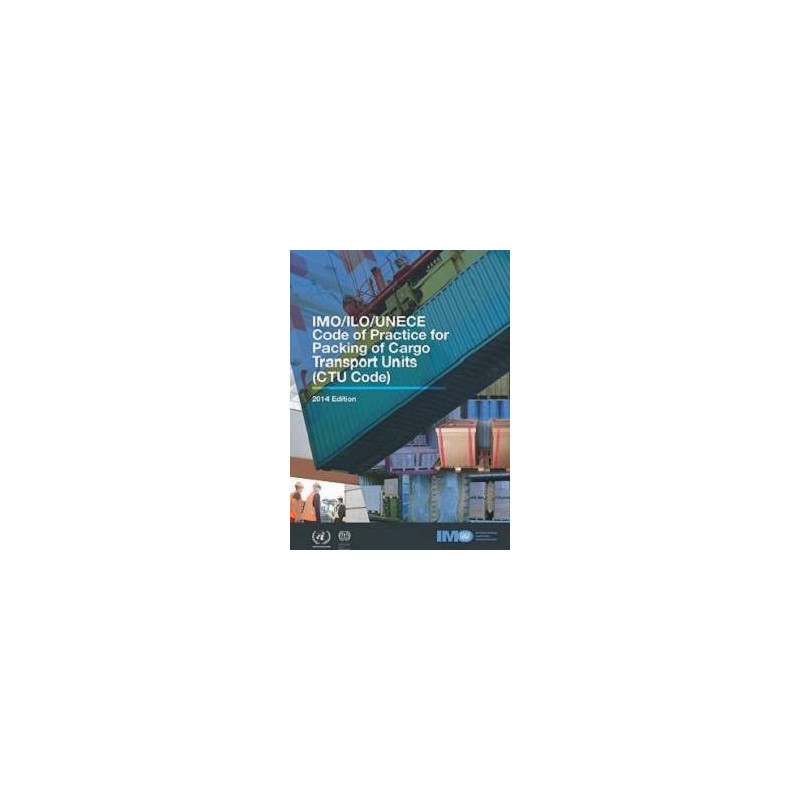

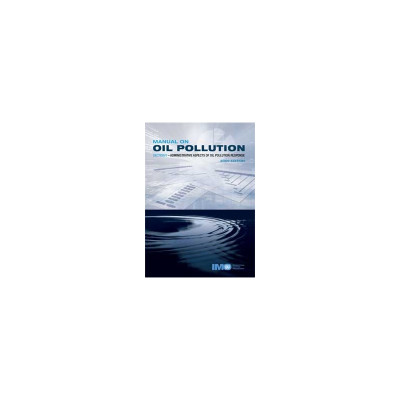
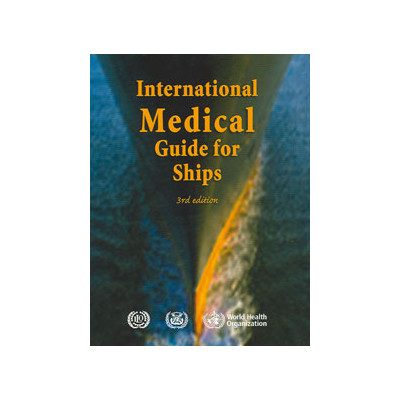
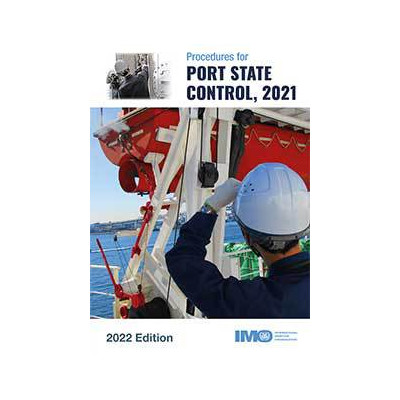
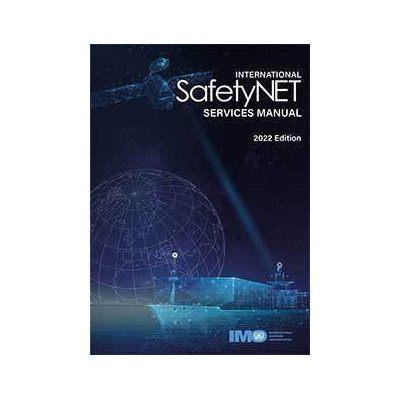
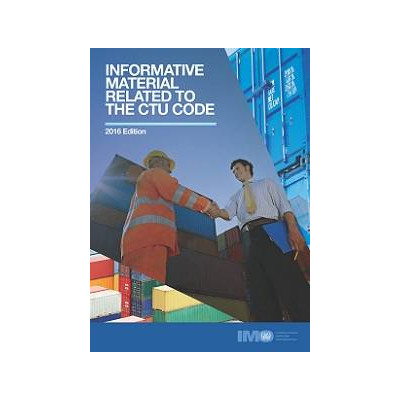
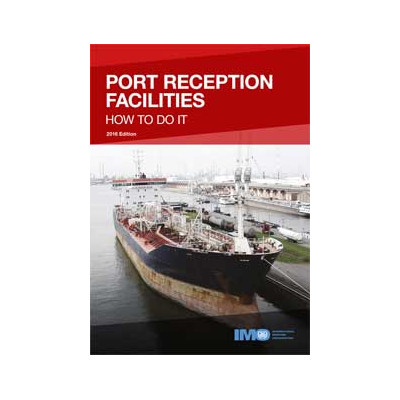
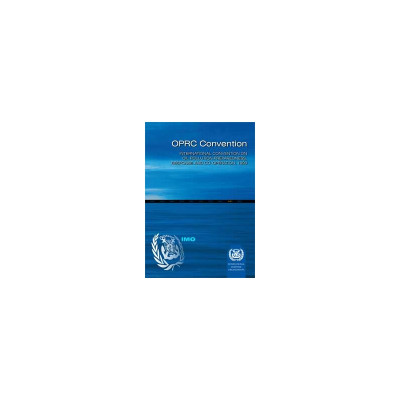
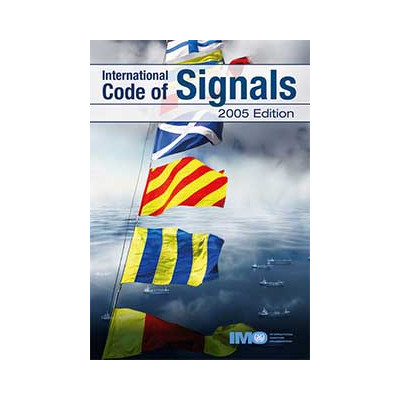
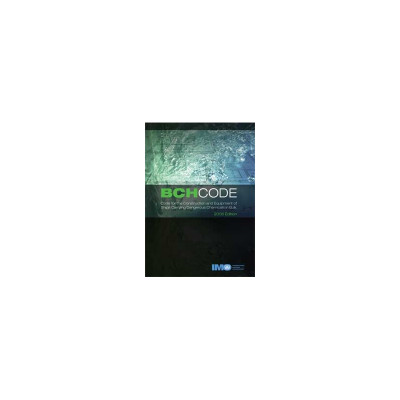
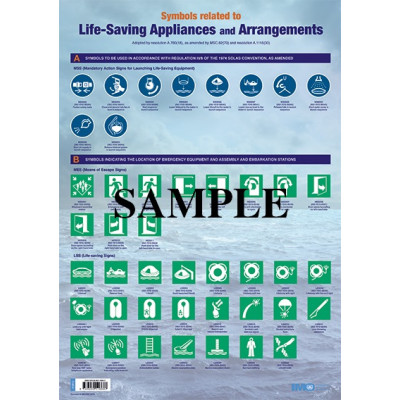
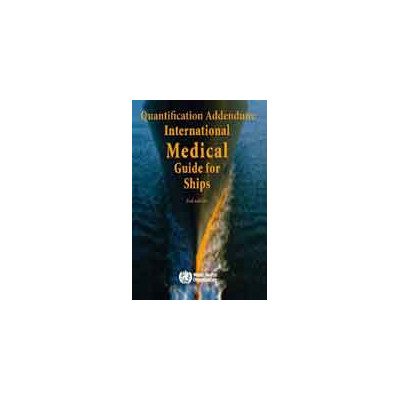

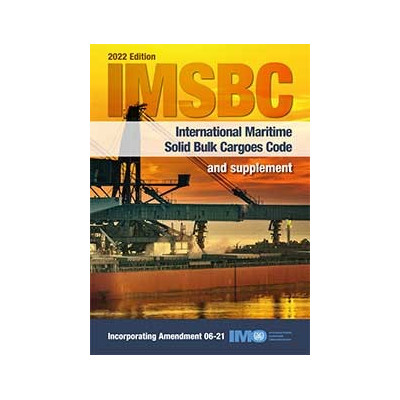
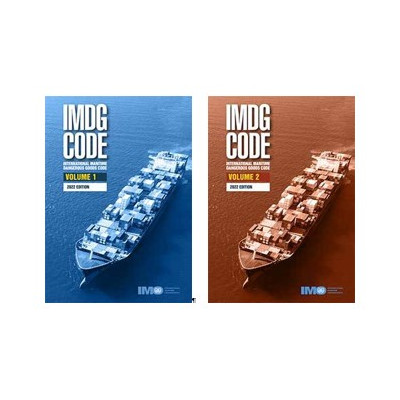
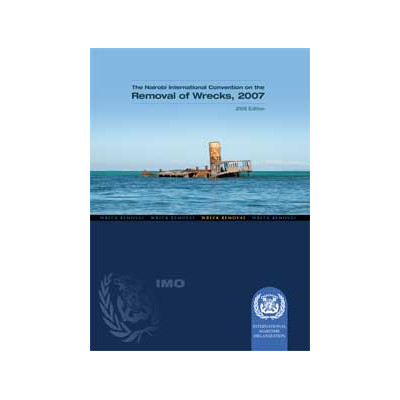
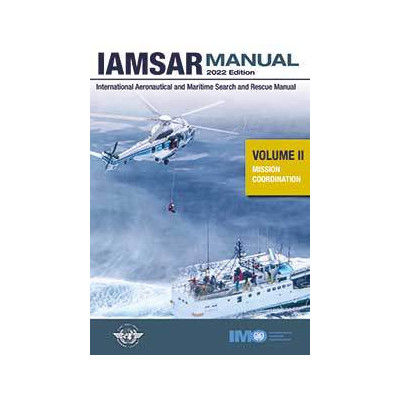
 Cookies
Cookies